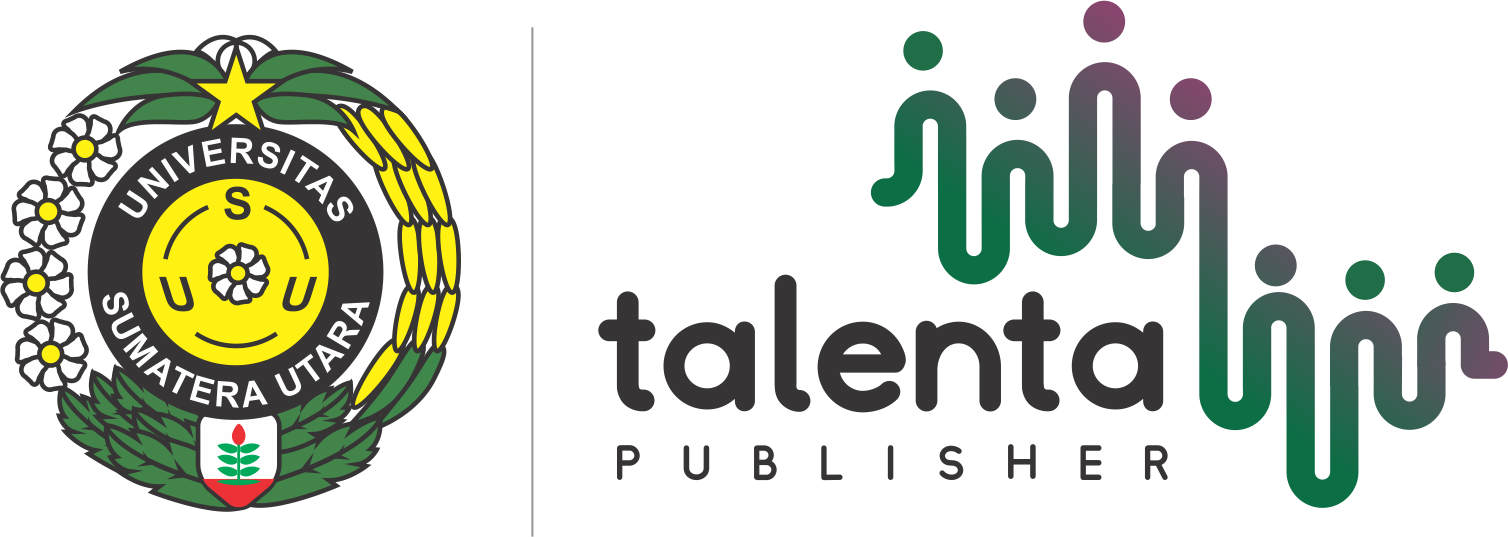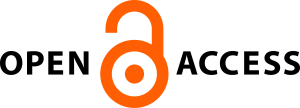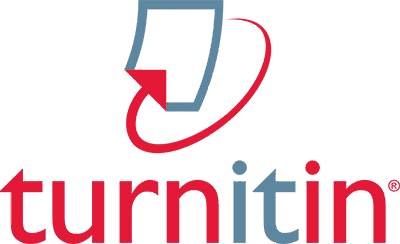Pengembangan Produk Sandal EcoPath Menggunakan Metode Nigel Cross
| Authors | ||
| Issue | Vol 8 No 1 (2025): Talenta Conference Series: Energy and Engineering (EE) | |
| Section | Articles | |
| Section |
Copyright (c) 2025 Talenta Conference Series: Energy and Engineering (EE)  This work is licensed under a Creative Commons Attribution-NonCommercial-NoDerivatives 4.0 International License. |
|
| Galley | ||
| DOI: | https://doi.org/10.32734/ee.v8i1.2600 | |
| Keywords: | EcoPath Hipertensi Kuesioner Limbah Rotan Nigel Cross Sandal Refleksi Hypertension Questionnaire Rattan Waste Reflexology Sandal | |
| Published | 2025-07-28 |
Abstract
Tingginya prevalensi hipertensi dan penumpukan limbah rotan yang tidak terkelola merupakan permasalahan signifikan di bidang kesehatan dan lingkungan. Untuk mengatasi kedua permasalahan tersebut, dikembangkanlah sebuah produk bernama EcoPath yaitu sandal terapi yang menggabungkan prinsip refleksologi dengan pemanfaatan bahan ramah lingkungan dari limbah rotan. Sandal ini dirancang untuk menstimulasi titik-titik refleksi pada telapak kaki yang diyakini berperan dalam membantu menurunkan tekanan darah serta meningkatkan kesehatan secara menyeluruh. Perancangan produk EcoPath dilakukan melalui berbagai pendekatan, di antaranya Brainstorming, Survei Pasar, metode Nigel Cross, Quality Function Deployment (QFD), serta penyebaran kuesioner Analytic Hierarchy Process (AHP). Melalui Brainstorming, diidentifikasi atribut utama produk seperti warna, model tali sandal, ketebalan sol, pola anyaman, bentuk sol, lokasi titik refleksi, serta posisi monitor penghitung langkah. Atribut tambahan seperti bentuk rotan, penempatan piezoelectric, dan ukuran monitor juga ditentukan dalam tahap ini. Pada tahap Survei Pasar, hasil yang diperoleh menunjukkan bahwa data yang dikumpulkan valid dan reliabel. Temuan ini menjadi dasar dalam merancang produk EcoPath sesuai dengan preferensi konsumen. Pengembangan produk mengikuti metode Nigel Cross yang terdiri dari tujuh tahap, yaitu: klarifikasi tujuan, definisi fungsi, formulasi kebutuhan, penentuan karakteristik, pembangkitan alternatif, evaluasi alternatif, dan penyempurnaan akhir. Karakteristik utama produk ditentukan menggunakan metode QFD untuk mengubah kebutuhan kualitatif pengguna menjadi parameter desain kuantitatif. Selanjutnya, pembobotan menunjukkan bahwa EcoPath memperoleh skor tertinggi dan dipilih sebagai alternatif terbaik.
The high prevalence of hypertension and the accumulation of unmanaged rattan waste are significant issues in the fields of health and the environment. To address both problems, a product called EcoPath was developed—a therapeutic sandal that combines the principles of reflexology with the use of eco-friendly materials made from rattan waste. This sandal is designed to stimulate reflex points on the soles of the feet, which are believed to help lower blood pressure and improve overall health. The design of the EcoPath product was carried out using several approaches, including Brainstorming, market surveys, the Nigel Cross method, Quality Function Deployment (QFD), and the distribution of Analytic Hierarchy Process (AHP) questionnaires. Through Brainstorming, the main product attributes were identified, including color, strap model, sole thickness, weaving pattern, sole shape, location of reflexology points, and the position of the step counter monitor. Additional attributes such as rattan shape, piezoelectric placement, and monitor size were also defined. In the market survey phase, the results showed that the data collected were valid and reliable. These findings served as the foundation for designing the EcoPath acupressure product in line with consumer preferences. Product development followed the Nigel Cross method, which consists of seven stages: goal clarification, function definition, need formulation, characteristic determination, alternative generation, alternative evaluation, and final refinement. The key product characteristics were defined using the QFD method to convert qualitative user needs into quantitative design parameters. Furthermore, weighting through the AHP method revealed that EcoPath received the highest score and was selected as the best alternative.





